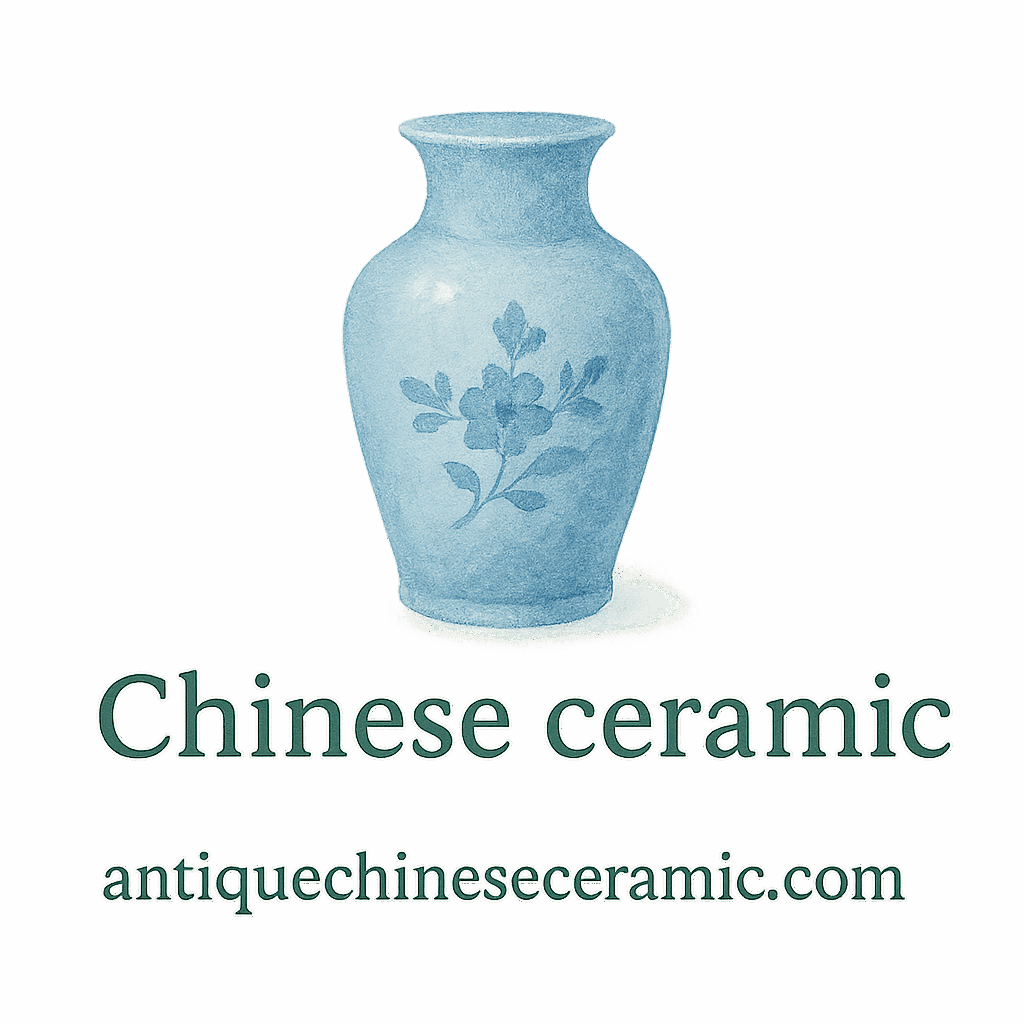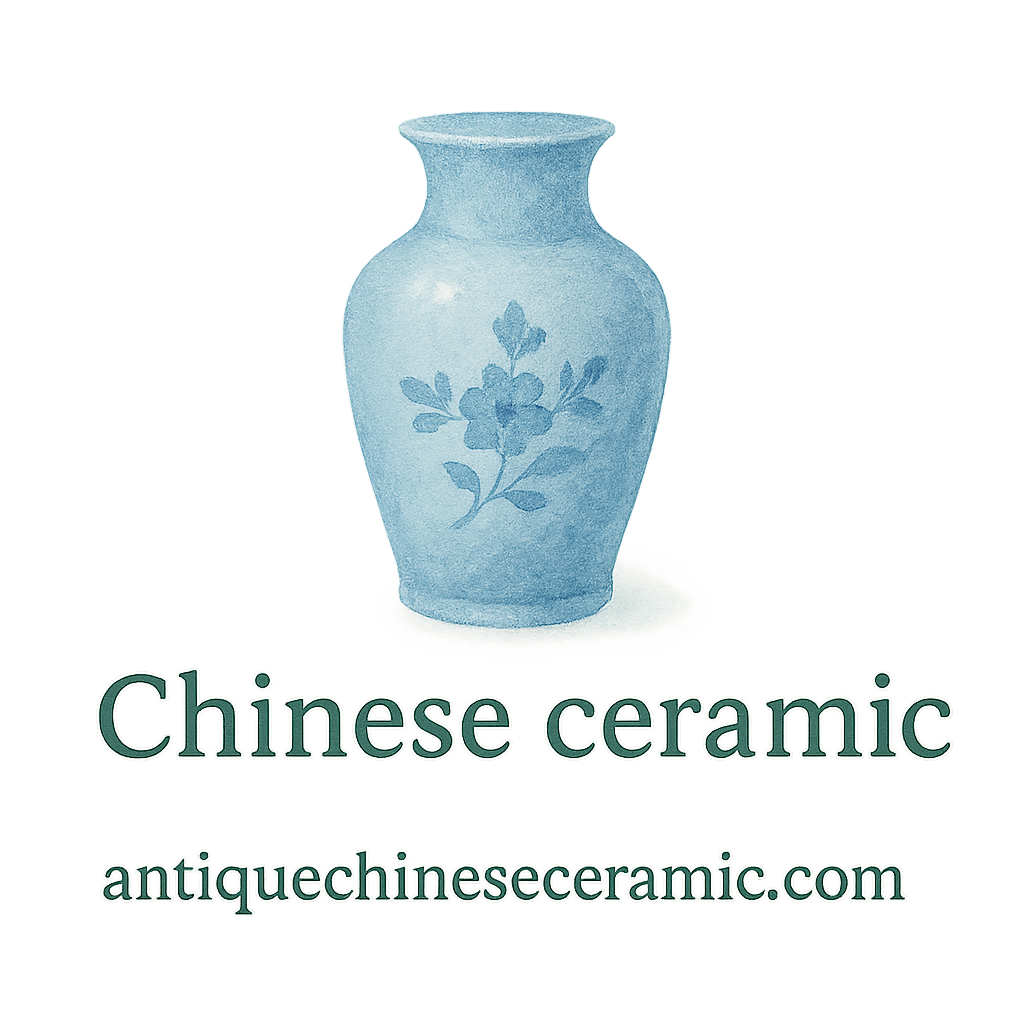Have you ever stared at a beautiful Chinese ceramic piece and thought, “Is this worth something?” You’re not alone. In fact, collectors, dealers, and enthusiasts worldwide are constantly on the hunt for valuable antique Chinese ceramics. But knowing what makes a piece worth more than others isn’t always obvious—until now. Let’s break down the 10 signs that indicate your ceramic piece could be a hidden treasure.
1. Presence of a Dynasty Mark
One of the biggest giveaways that a ceramic piece is valuable is the presence of a clear dynasty mark.
Understanding Imperial Reign Stamps
Most high-value pieces bear a reign mark that indicates the ruling emperor at the time it was created. If you spot marks from the Ming or Qing dynasties, you’re already looking at a likely contender. Visit our history page to learn more about dynasty timelines.
Want to dive deeper into identifying these marks? Check out our detailed guide on identification to better understand how they affect valuation.
2. Fine Craftsmanship and Intricate Detail
Look closely at the level of craftsmanship. Does the piece look like a rush job or does it reflect serious skill?
Signs of Master-Level Artistry
Examine the brush strokes, symmetry, and sculptural finesse. Precision in hand-painting or carved details often indicates a master artist, which greatly boosts value. Learn more about craftsmanship under our tag: detail.
3. Use of Rare Glazing Techniques
Not all glazes are created equal. Some glazes are signature signs of elite, old-world Chinese pottery.
The Magic of Jun, Guan, and Ru Glazes
Jun, Guan, and Ru glazes were difficult and costly to produce, often reserved for royalty. These glazes display unique crackling, soft hues, and tactile depth. To explore how to maintain such pieces, visit our section on care & preservation.

4. Historical Provenance
It’s not just about the object—it’s about where it’s been.
Importance of Documentation and Ownership
A ceramic with verified history of ownership—especially if it belonged to a prominent collection or museum—can drastically increase in value. Dive deeper into tracing item lineage on our collecting guide.
For those interested in building a legacy collection, browse our insights under the tag: heritage.
5. Recognized Shapes and Functions
Form and function play a huge role in a piece’s worth.
Ceremonial Containers and Functional Forms
Bowls used in rituals, vases with symbolic functions, or containers tied to specific dynasties are typically more valuable. Explore our collection insights under the tag: containers to recognize these prized forms.
6. Color Palette and Pigmentation
Color isn’t just for show—it speaks volumes about when and how the piece was created.
Iconic Blue-and-White Porcelain
Blue-and-white porcelain is world-famous, especially from the Ming dynasty. The depth, flow, and consistency of the blue pigment often help experts determine authenticity. Discover pigment history on our tag: surface page.
7. Signature Surface Patterns
What’s drawn or carved on the piece can make or break its price tag.
Symbolic Motifs and Narrative Scenes
Look for dragons, phoenixes, lotuses, or Confucian themes. Each motif tells a story and ties the piece to a specific cultural or historical moment. Visit our tag: chinese to explore common symbolic patterns.
8. Evidence of Age-Appropriate Wear
No, not damage—but authentic wear.
Understanding Crackling, Patina, and Surface Effects
A naturally aged look adds to authenticity. Faked aging is often too even or chemically induced. Look for subtle crackling in glaze, fading in paint, and discoloration at the base. To understand how to evaluate condition properly, check our tag: preservation and tag: cleaning.
9. Auction House Interest and Appraisal Records
High value often follows market demand.
What Market Trends Can Reveal
If your piece (or similar ones) have been auctioned at Sotheby’s or Christie’s, it’s likely worth a pretty penny. Check auction records or consult a professional. Explore our tag: auction and tag: appraisal to stay up to date.
Need help getting a valuation? Visit our page on valuation to learn what steps to take.
10. Rare Size or Shape Anomalies
Size does matter—when it’s either abnormally large or impressively small.
Miniatures and Oversized Forms
A teacup the size of your thumb or a vase as tall as your leg? Odd sizes weren’t mass-produced and may have been commissioned. Discover more unusual forms under our tag: methods and tag: quality.
Conclusion
Whether you’re rummaging through an attic or eyeing a piece at a local market, knowing the signs of value in antique Chinese ceramics can be your secret weapon. From dynasty marks and glazing techniques to auction interest and historical provenance, every detail adds a layer of meaning—and often a boost in price.
If you’re serious about identifying, preserving, and maybe even collecting valuable pieces, our platform offers detailed insights into care & preservation, history, and more.
Curious to start your own journey? Visit our homepage for expert resources and new discoveries daily.
FAQs
1. How can I tell if a ceramic piece is Chinese and not from another country?
Chinese ceramics often have unique dynasty marks and motifs. Check our identification page for detailed comparison tips.
2. Does every valuable piece have a mark?
Not always, but most high-value items do. Some earlier or more obscure items may lack marks but show value in craftsmanship or provenance.
3. What’s the best way to clean an antique ceramic piece?
Gently with distilled water and a soft cloth. Avoid modern cleaners. See our care guide for dos and don’ts.
4. Should I get my ceramic appraised even if I’m not selling it?
Yes! Appraisals help you understand your piece’s worth and guide insurance decisions. Learn how under our appraisal tag.
5. Are modern replicas easy to spot?
With practice, yes. Replica glazes and marks often appear too clean or uniform. Explore tag: quality to get a feel for real vs. fake.
6. Can a damaged piece still be valuable?
Absolutely. Especially if it’s rare or has a unique history. Check our tag: valuation for more insight.
7. What’s the safest way to store my ceramics?
Store in stable temperature, low humidity, and padded environments. Our storage tips can help preserve your treasures for generations.


